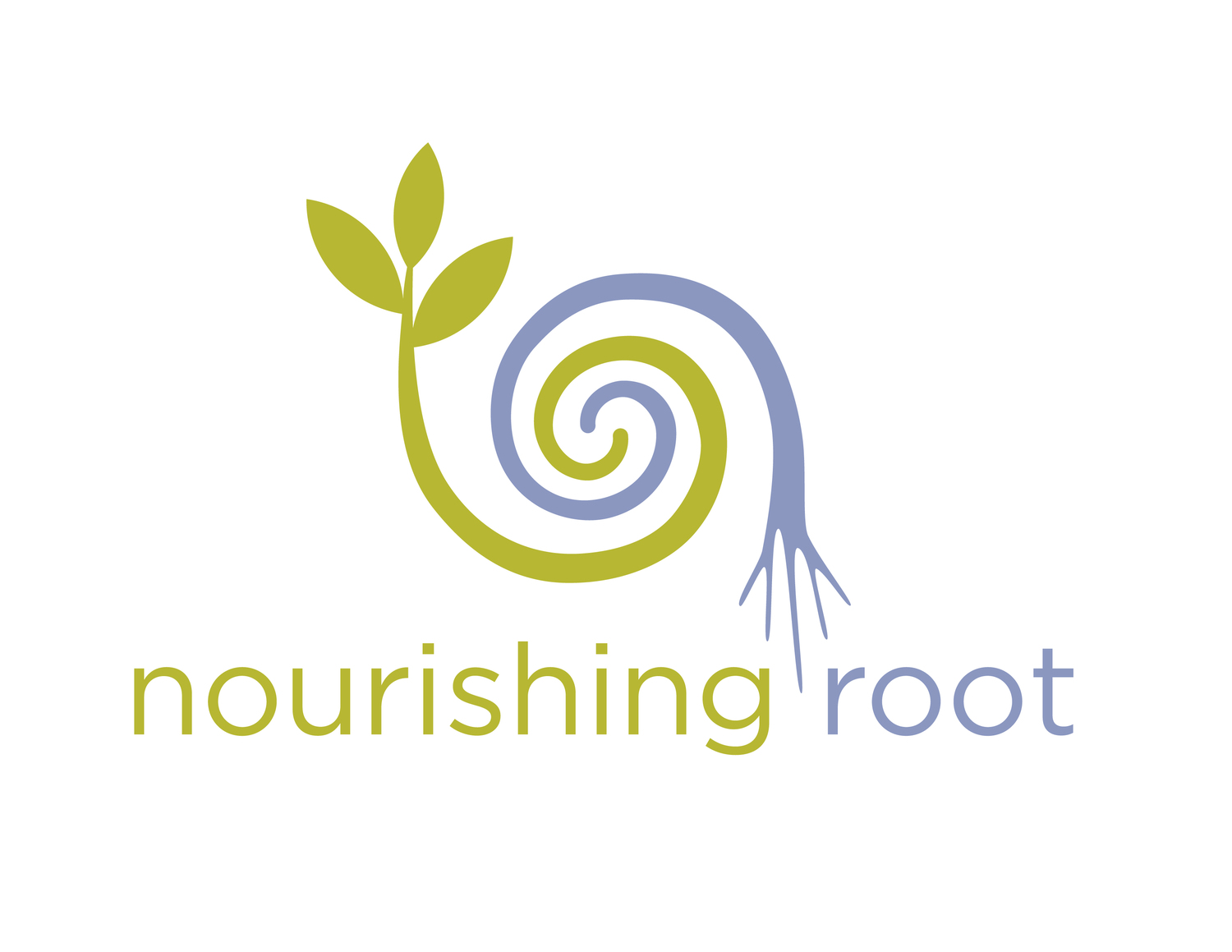At Christmas I make nissu, a Scandinavian enriched, yeasted, spiced braided “coffee” bread with apricots. It’s a family recipe and over the years I’ve updated the ingredients to using better quality ingredients, better quality flours and sugars, and perhaps most crucially, more spice. Winter is a great time to enjoy the sweeter culinary spices, and not just for their nostalgia and taste. Spices, once so important to defining wealth and informing trade, are still gold mines for their value of potential wellness impact, especially given their accessibility of availability and cost. Nissu is not my breakfast smoothie norm but I noticed feeling a mood boost when I started the day with more spice. Let’s look at some of the benefits of these three spices: cinnamon, cardamom, nutmeg.
Note that it’s normal to shift which foods and spices are appealing as the seasons change. In the summer you might like cinnamon tea on its own or as a mixer. In the fall I love hot chai and warm cinnamon spiced apples or oatmeal. In the winter I want a more intense spice experience, or more frequent spice in many forms. In the spring, you might want less spice or different spices, maybe increasing ginger for example, as the growing season begins and the body shifts out of winter.
Photo by Joanna Dubaj
Cinnamon- Cinnamomum cassia /verum
Comes from the inner bark of a tropical evergreen tree. The tree grows for a few years then branches low to the ground are harvested for the inner bark.
What we call cinnamon is cassia. True cinnamon is Cinnamomum verum, is less sweet than cassia. They look similar and are botanically related. True cinnamon is sometimes called Sri Lankan or Ceylon cinnamon. In the U.S. both can be legally sold as cinnamon, though some countries have much stricter regulations.
Warming
Balances blood sugar
Helps kill candida albicans fungus
Anti-bacterial
Preservative
Helps decrease insulin resistance in diabetes and polycystic ovary syndrome
Ayurvedic use for respiratory ailments and to ease muscle spasms
A circulatory stimulant, causing vasodilation (widening of blood vessels) which temporarily reduces blood pressure.
Besides being one of the most popular baking spices, try it in porridge, on fruit, mixed with yogurt, in curries, in grain salads.
Makes a delicious infusion on its own or mixed with other herbal teas for some sweet spice.
Makes a delicious tincture.
Cardamom- Elettaria cardamomum
Zingiberaceae family, the ginger family
Forest dwelling perennial that grows 5-10 feet high, likes partial shade.
Known as the Queen of Spices, and has more than 25 volatile oils.
It is a key ingredient in the Indian spice blend garam masala.
May help relieve asthma, bad breath, blood clots, colic, colon cancer, constipation, diarrhea, disease, high blood pressure, indigestion, sinusitus, stomachache, ulcer.
It’s used as a tooth cleaner and breath freshener. It’s very popular in coffee in the Middle East. Add to your coffee or tea, fruit desserts, gingerbread, chocolate or vanilla recipes, as part of seasoning for meat, or add to rice or other grains.
I like to travel with a few of these as quick relief for bad breath and stomach aches.
Nutmeg/mace -Myristica fragrans
Myristica fragrans is an evergreen tree that can grow up to 50 feet tall. Flowers are small, light yellow and bell-shaped. Fruits are yellow and pear-shaped.
Nutmeg and mace are the same spice. Nutmeg is the seed. Mace is the dark red, lacy outer coating (aril) on nutmeg.
Grown in the Maluka Islands in Indonesia and in Grenada in the Caribbean, and India grows a separate variety. Most of what is available in the U.S. comes from the Caribbean.
Nutmeg is sweet, mace is more tart
Lowers cholesterol levels
Protects from UVB rays
Supports elastin tissue that keeps skin from wrinkling
Anti-anxiety
Anti-depressive
Supports memory
Aphrodisiac
Intoxicating in huge amounts
Favorite uses are in eggnog, custards, quiche, hot rum, mulled wine, other hot beverages, bechamel sauce, creamed vegetables like spinach, squash, pumpkin, pastas
The nissu spiral tree maximizes spice volume.






